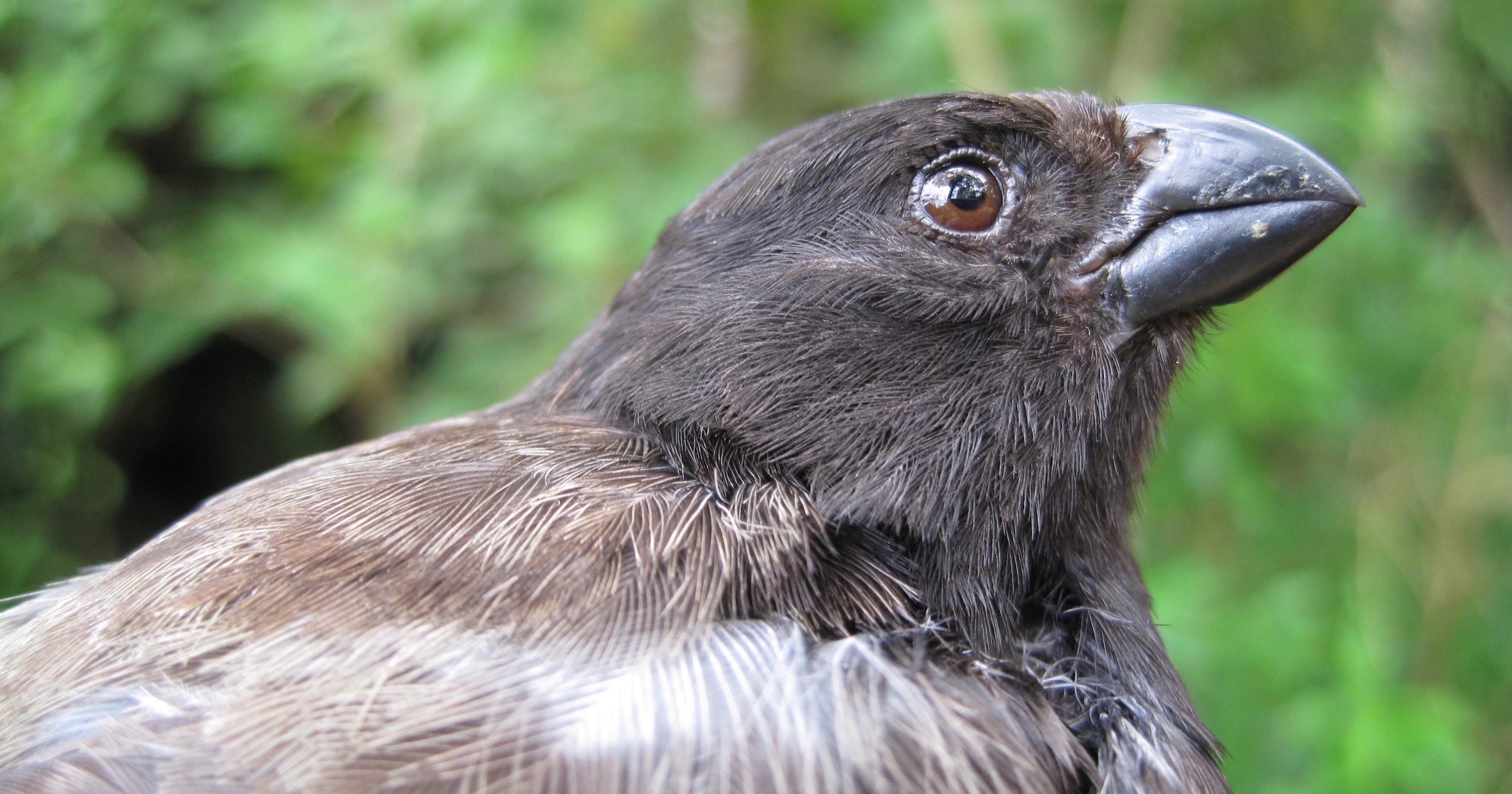 Evolution
Evolution
 Intelligent Design
Intelligent Design
Is Adaptation Actually a Fight to Stay the Same?

On a new episode of ID the Future, host Casey Luskin talks with Eric Anderson on location at this year’s Conference on Engineering and Living Systems (CELS). The two discuss an intriguing new engineering-based model of bounded adaptation that could dramatically change how we view small-scale evolutionary changes within populations of organisms. In presenting his argument for natural selection, Charles Darwin pointed to small changes like finch beak size and peppered moth color as visible evidence of an unguided evolutionary process at work. Many have adopted this perspective, quick to grant the Darwinian mechanism credit for micro-, if not macro-, evolution. But Anderson and other attendees at the CELS conference are starting to promote a different view. “We need to stop saying organisms are partly designed,” says Anderson. “We need to view them as deeply designed and purposeful, active and engaged in their environments, and capable of adapting within their operating parameters.” To get a fascinating glimpse of this novel approach to biology, download the podcast or listen to it here.
